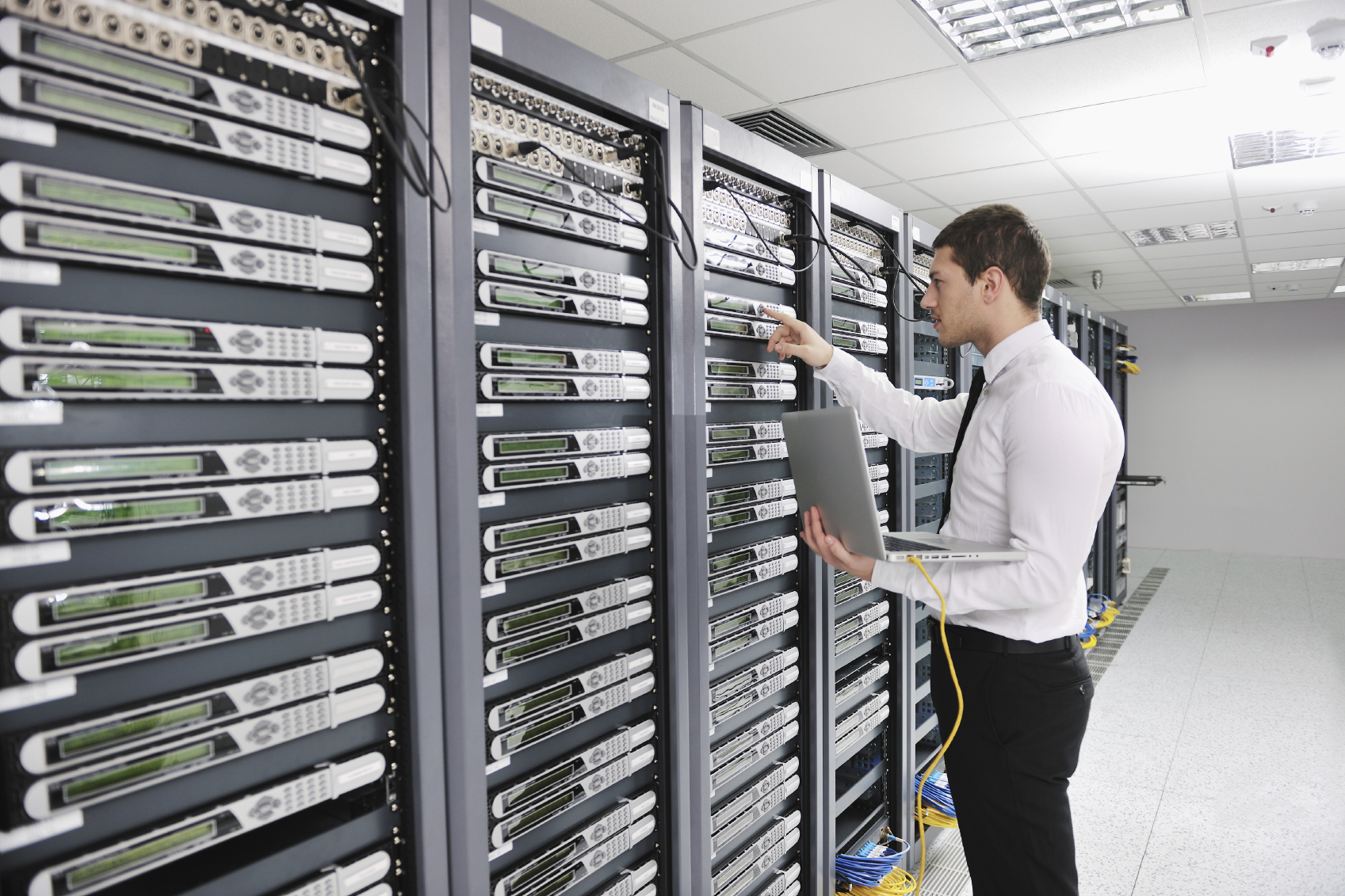30.09.2019
Which Applications Benefit from the Evaporative Cooling Process?
Evaporative cooling is a powerful, innovative technology aimed at not only improving indoor conditions but also lowering operating costs. Evaporative coolers come in three varieties: Direct models that add relative humidity to incoming fresh air and supply it to a space, indirect evaporative coolers that pass air through a heat recovery unit before distributing return air, and exhaust air models that utilize cool thermal energy to reduce the load on air conditioning systems.
Today, let’s highlight which applications benefit from the evaporative cooling process. It’s quite possible that your business would be a good fit for this technology as well!
Data Centers
Locations such as data centers house hundreds, if not thousands, of computers and servers in addition to complex networking systems. All of this generates heat, which is then transmitted into the air. While a standard industrial humidifier can do some of the work, there is still the danger of oversaturation to consider, along with electrostatic discharges. This is why evaporative cooling is essential to data centers; it works to maintain a pre-set temperature by helping to keep relative humidity at safe levels. In turn, this protects against overheats, short-outs, damage to data and hard drives, and more.
Office Buildings
Office environments, especially of the larger variety, can be very difficult to keep cool and comfortable without proper humidity control. Using an evaporative cooler can assist with keeping temperatures in check while also cycling in fresh outside air, which is essential to employee wellness and productivity. Otherwise, especially in overly-low-or-high-humidity conditions, employers may notice an uptick in cases of absenteeism from illness or discomfort. There’s no stopping your team from giving it their all if you have sufficient air circulation, temperature and humidity control.
Warehouses
Some goods, such as woods and musical instruments, can suffer from warping and damage in hot conditions. The installation of an evaporative cooling system can help to mitigate this risk, reducing instances where losses are accrued due to quality assurance problems. Additionally, warehouse employees will be more alert and focused if conditions remain between 40 and 60 percent RH – the “safe zone” when it comes to indoor relative humidity. This can be achieved, at least in part, by regulating indoor temperatures.
Hospitals and Laboratories
Airborne infection control is of critical importance in any healthcare environment, as is minimizing the risk of cross-contamination. This can’t be achieved without controlling the amount of air moisture content, which is influenced by the current temperature. Aside from this, optimizing for comfort and dust suppression is essential. Proper humidity control and evaporative cooling are a winning combination in this regard, helping to limit the spread of aerosols containing infectious microbes emitted naturally by humans while increasing comfort and suppressing allergens.
Do you believe your business could benefit from the evaporative cooling process? We at Condair would be happy to discuss options with you – we have something suitable for every load capacity! Learn more about our humidification and evaporative cooling solutions today, or reach out to us for further details.
Similar Links:
https://www.condair.com/humidifiernews/blog-overview/how-humidity-control-protects-data





